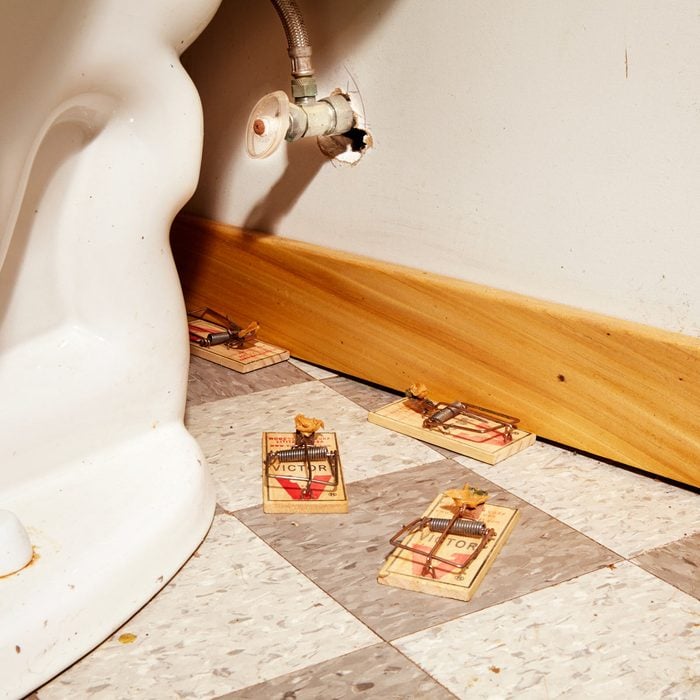
Keep Raccoons Out
- Cut back overhanging tree branches and brush so raccoons can't get onto the roof.
- Add chimney caps, or replace them if they're damaged. Fireplace chimneys make great dens for pregnant raccoons. If you hear raccoons in the firebox in the spring or summer, you may need to wait until the fall for the raccoons to leave before capping the chimney, or else call an animal control specialist.
- Block crawl spaces and other possible entry spots with securely nailed 1/4-in.-mesh hardware cloth. Wait until the fall after the babies are out but before hibernation, or until you're sure the raccoons are gone.
- Raccoons eat garbage, pet food, fruits and vegetables, and fish from garden ponds. Make trash cans inaccessible. Cover fish ponds with netting. Don't leave pet food outside.
- Protect vegetable gardens, especially if you're planting sweet corn, with wire electric fencing (consult the manufacturer's instructions for spacing and wiring instructions). Fencing is available from farm supply stores and Internet suppliers.
- If raccoons have already made a den in your attic or crawl space, put a radio, flashing lights, ammonia, mothballs or commercially available repellents in it, then give them a few nights to leave. To make sure they're gone, stuff the entry with newspapers. If the paper is still in place after a few days, the raccoons have left.

Mousetrap Technique

How Common Household Pests Get In
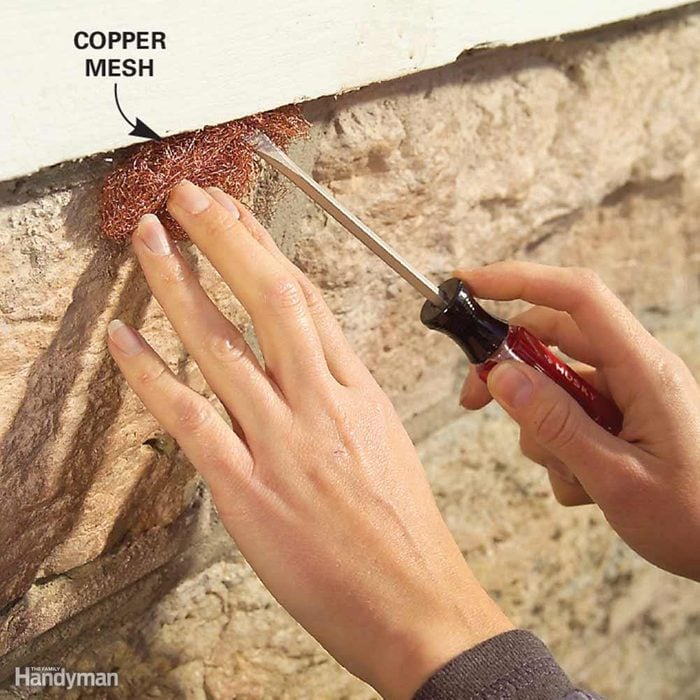
Plug Gaps With Mesh
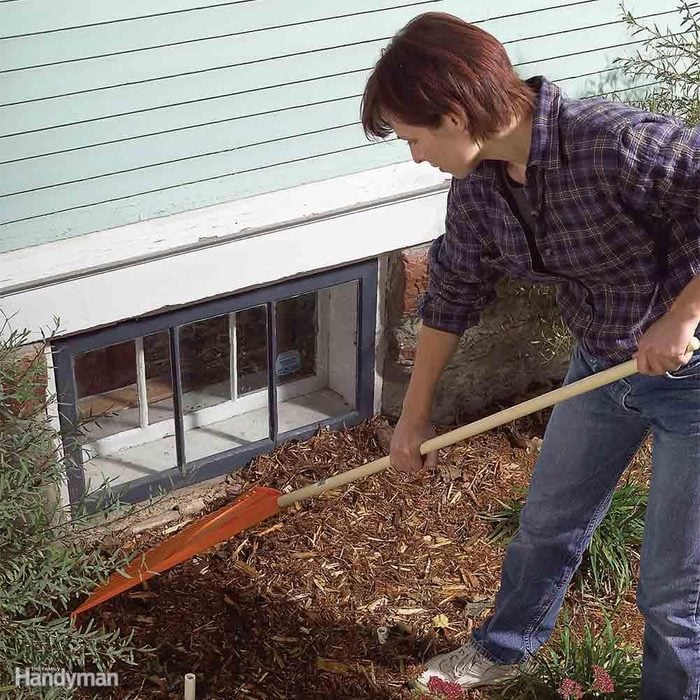
Protect Wood From Moisture
Insects and other small pests need to draw life-sustaining moisture from their surroundings, so they avoid dry places and are attracted to moist ones. If the soil around your house, the foundation and the walls is dry, it'll be less attractive to insects, spiders and centipedes. Rake moisture-wicking soil and mulch away from the window frames and low wood. Turn your mulch periodically to help keep dampness down, and keep bushes trimmed back as well.
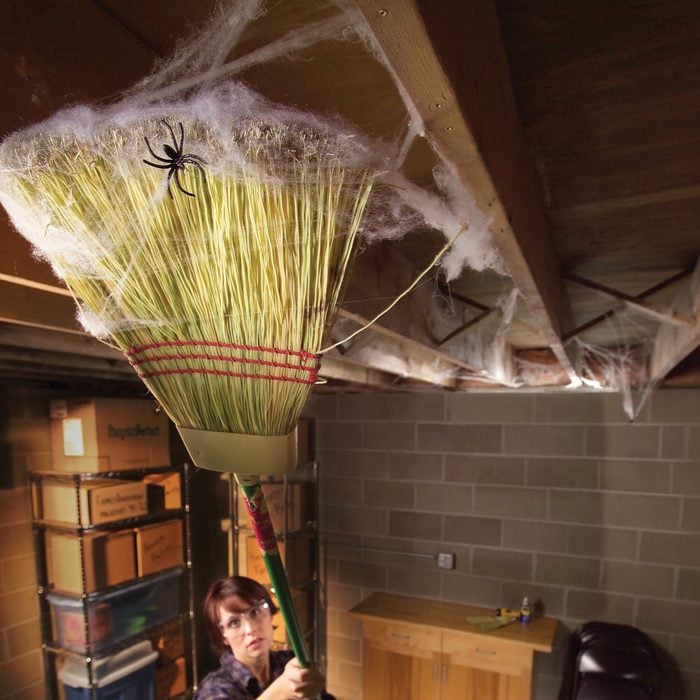
Spider Solution

Store Pet Food

Eliminate Cockroaches

Stop Moles From Tearing up Your Yard
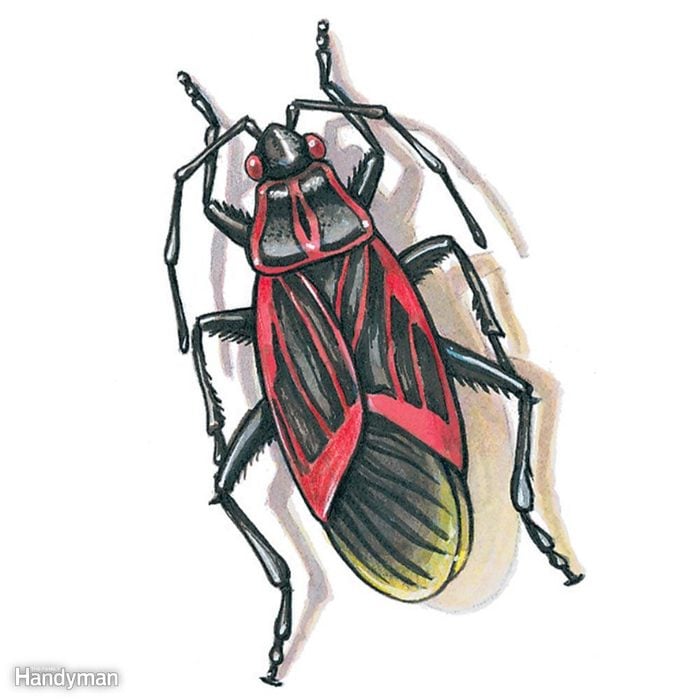
Box Elder Bug Swarm

Roaches
The first step in getting rid of roaches is to get rid of their food. Clean up every speck and crumb—from shelves, drawers, pantry, under appliances, under the sink. Store any accessible food in plastic containers. Equally important: Remove the roaches' water supply. Fix leaky sink traps and drippy faucets. Elevate Rover's water dish. Eliminate damp dish towels, sponges and scrub pads. Sealed bait containers like Roach Motel are most effective. Boric acid pesticide powder also works. Just sprinkle it lightly into all cracks and crevices. It's long-lasting and relatively nontoxic. Look for it at hardware stores and home centers.
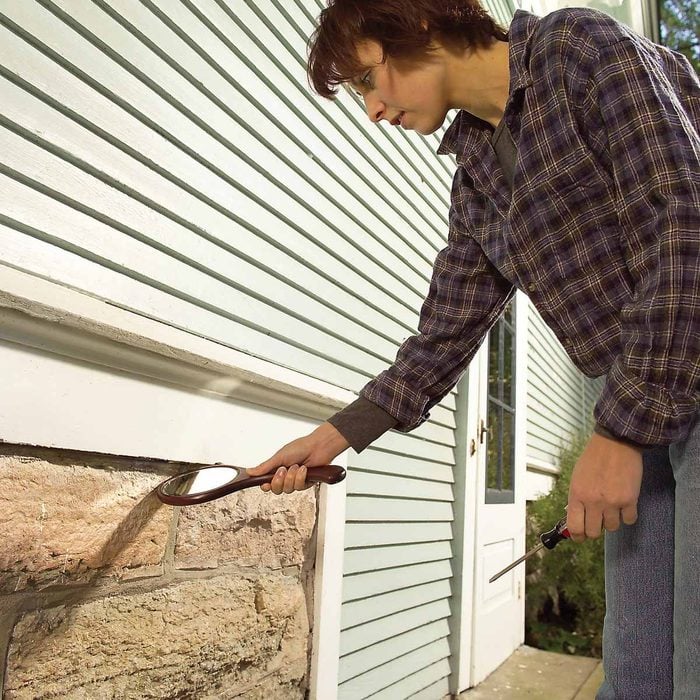
Check the Foundation or Siding Joint
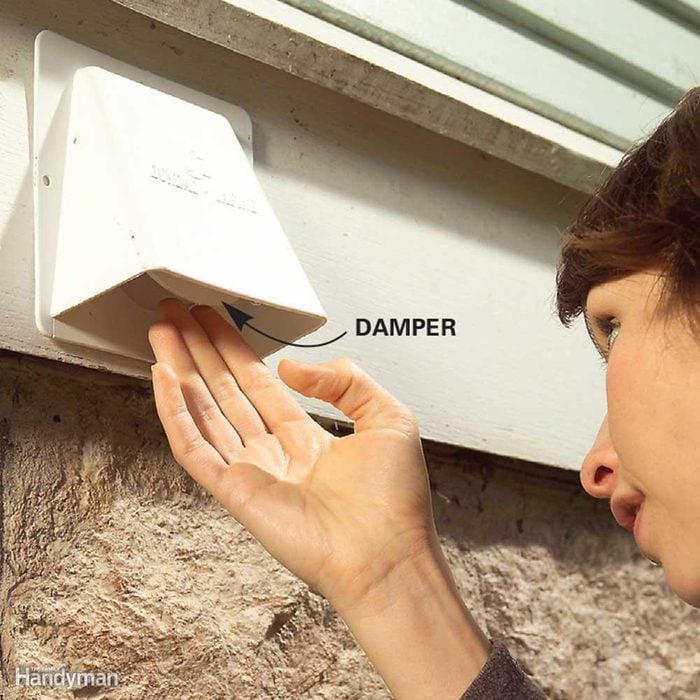
Look for Gaps at the Dryer Vent
Examine dryer vents to ensure the damper isn't stuck open or broken off completely. Also check that the seal between the vent and the wall is tight.
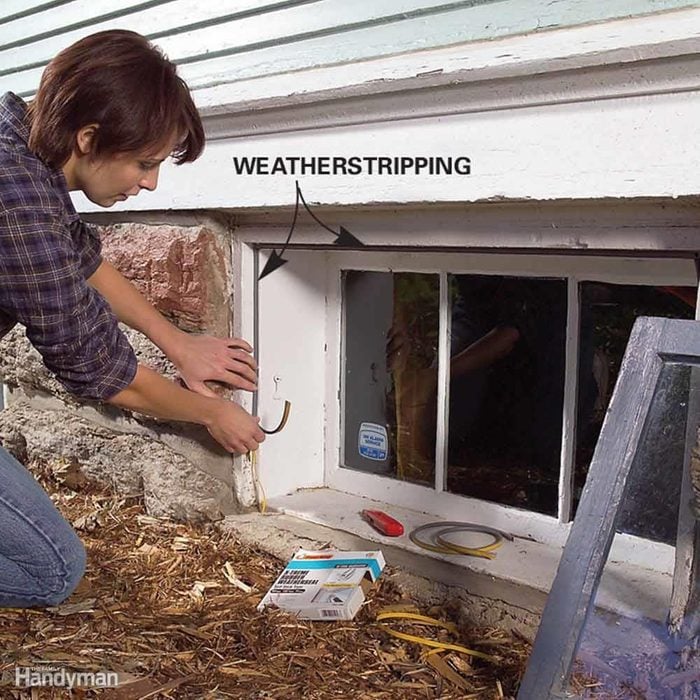
Seal Gaps at Doors and Windows
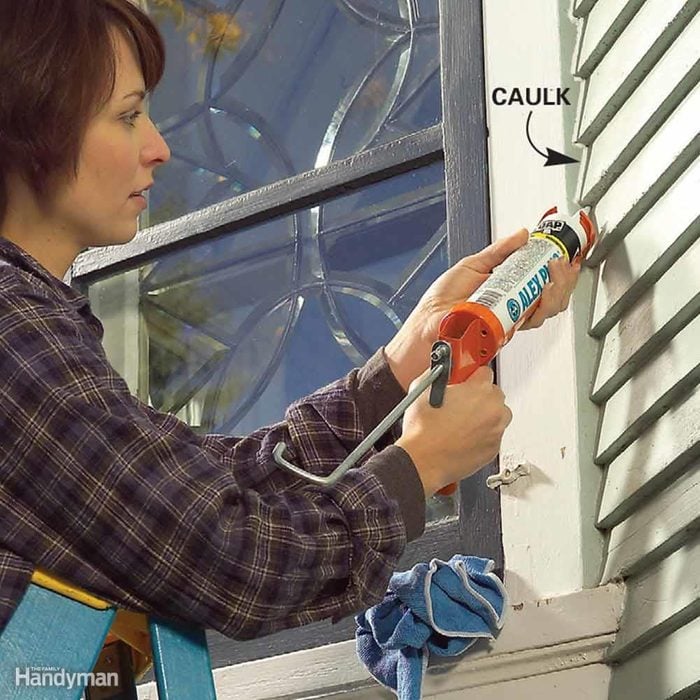
Caulk Gaps Between Trim and Siding
Fill gaps between trim and siding with acrylic latex caulk. Keep a wet cloth handy to clean up any stray caulk. Smooth the bead with a wet finger.
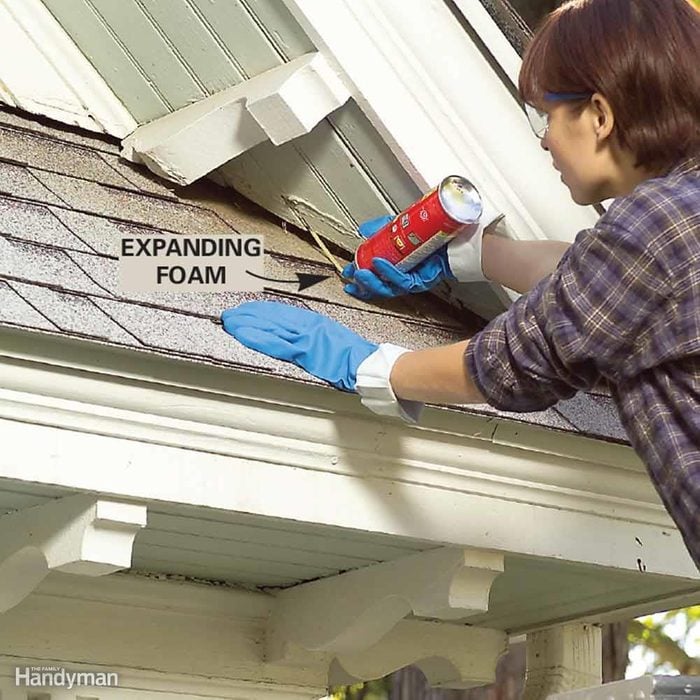
Foam Large Soffit Gaps
Pull nests from the soffit gaps and then fill these openings with expanding foam. After the foam hardens, cut off the excess with a utility knife.
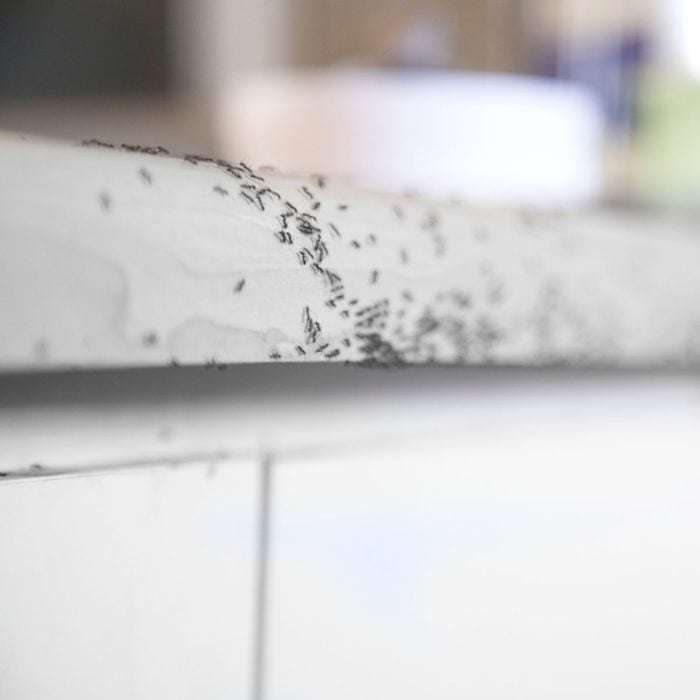
How to Identify Ants
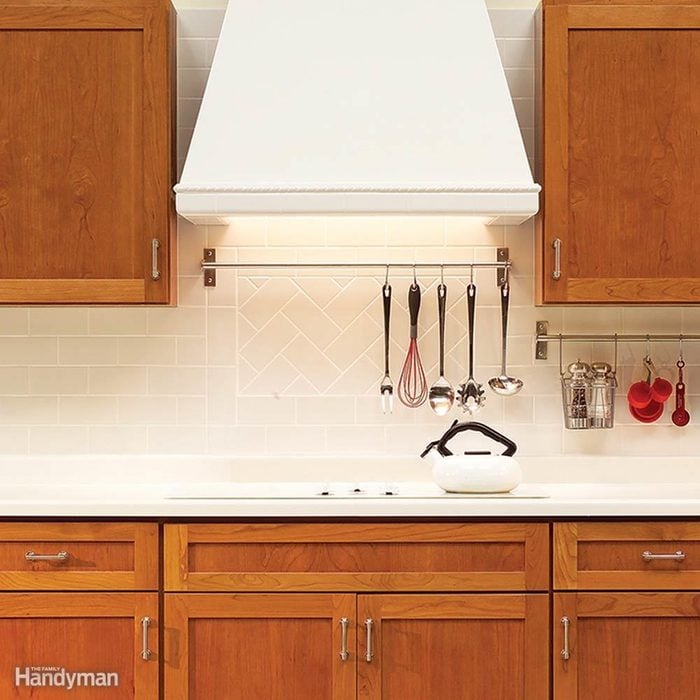
Ant Prevention: Keep It Clean
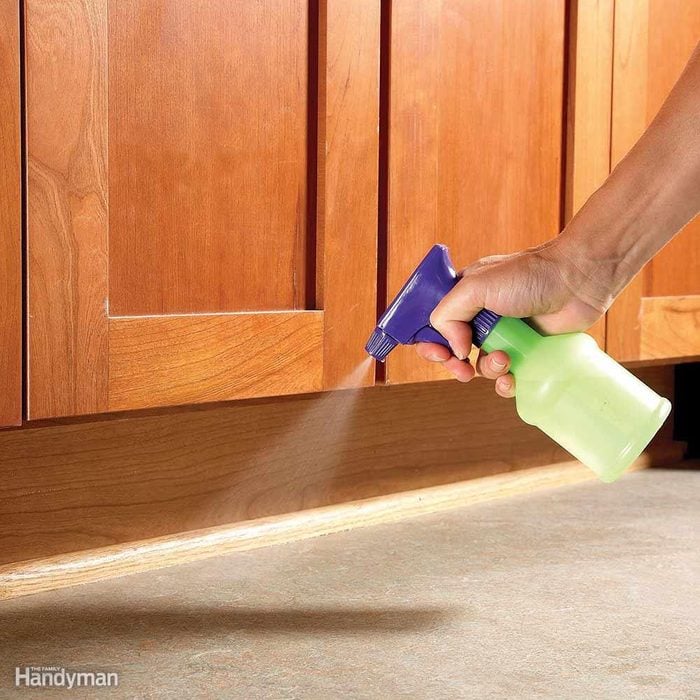
Ant Removal: Erase Ant Trails
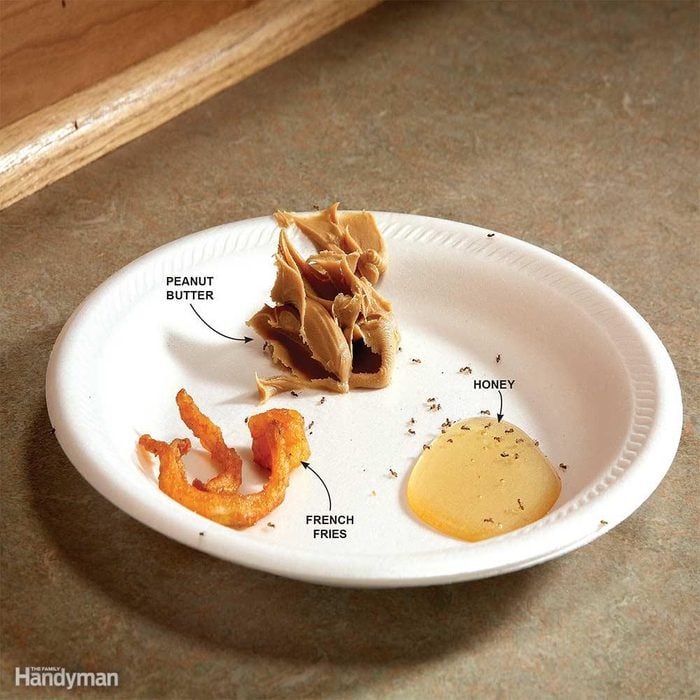
Ant Removal: Determine the Best Ant Bait
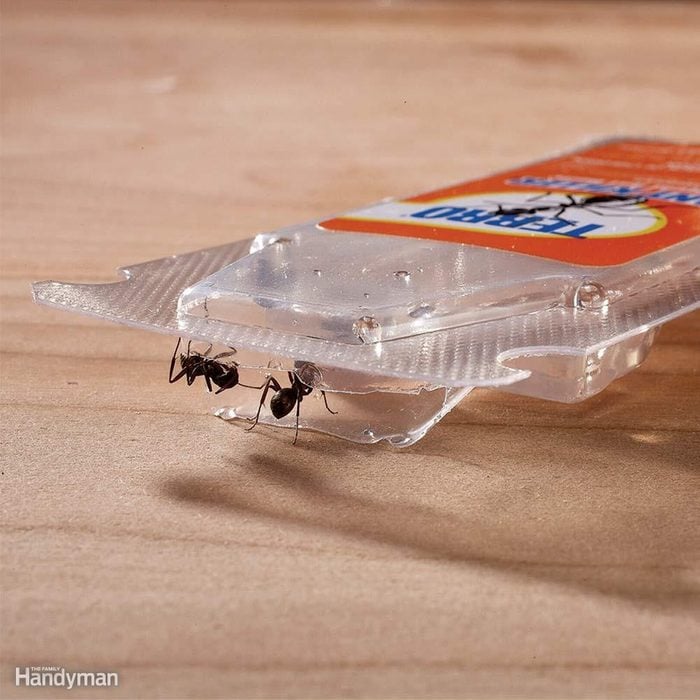
Ant Removal: Wipe Out Ant Colonies

How to Find Ant Nests
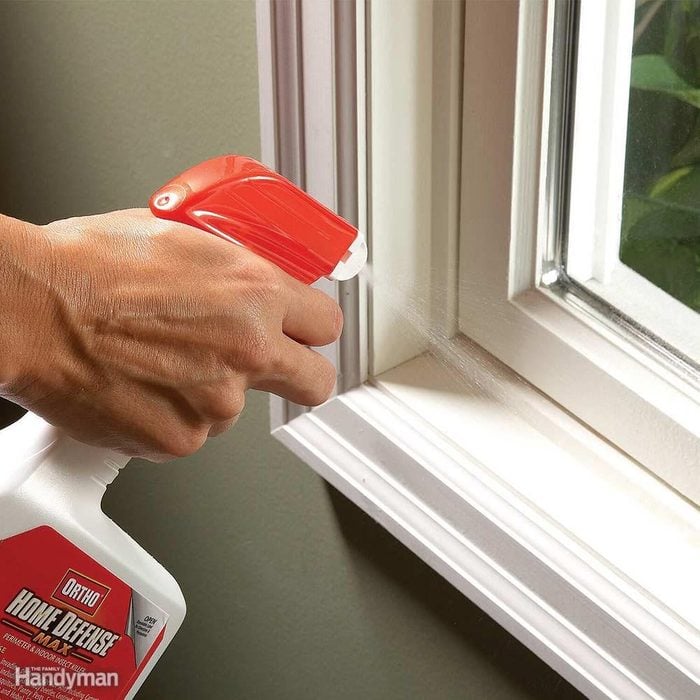
Ant Prevention: Spray Ant Entry Points
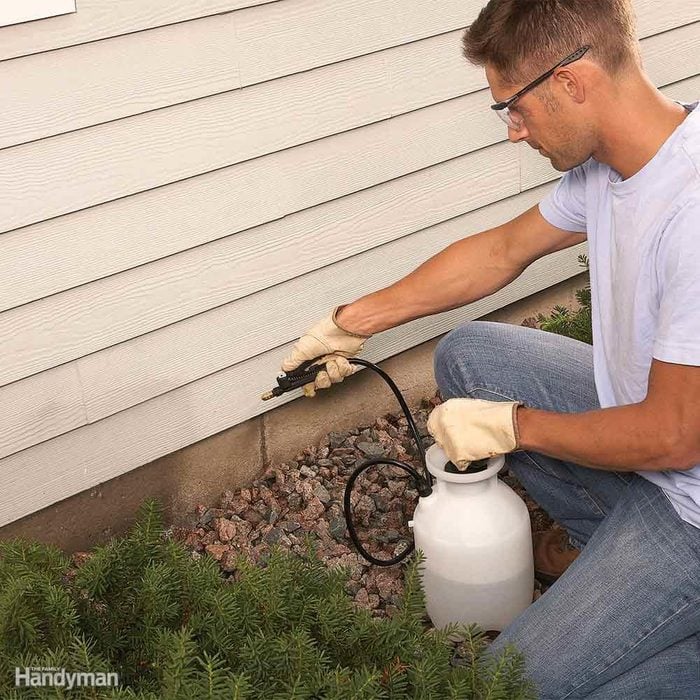
Ant Prevention: Spray on an Ant Barrier

How to Kill Ants in Your Yard: Destroy Exterior Nests
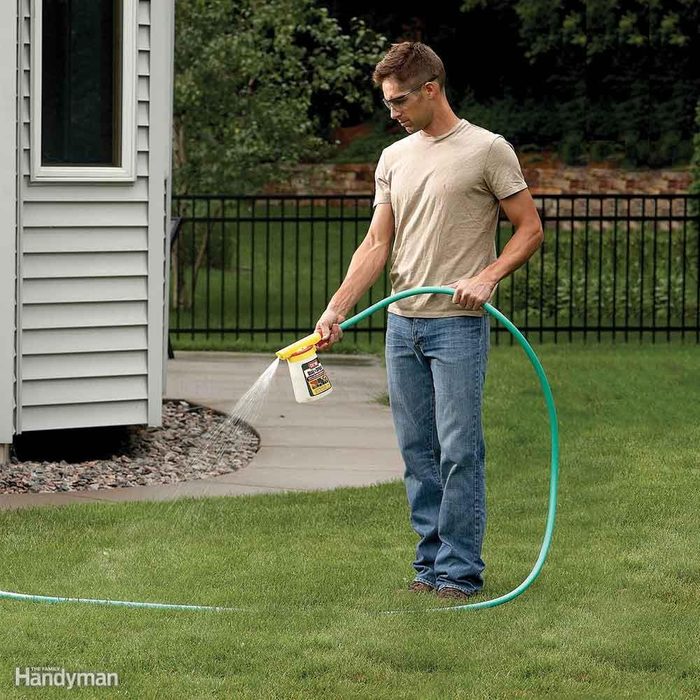
How to Kill Ants in Your Yard
- First, mow the grass.
- Then spray the insecticide on the entire lawn—you can also spray shrubs and trees.
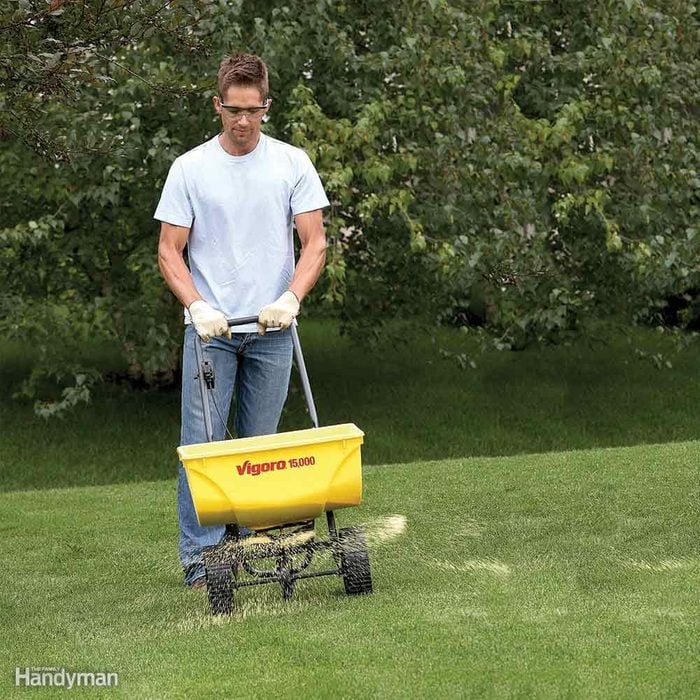
How to Kill Ants in Your Yard: Fire Ants
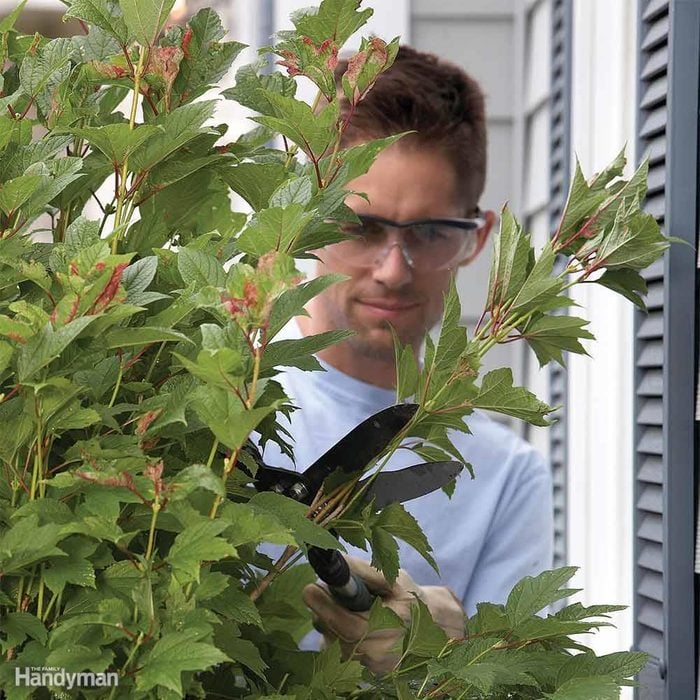
Ant Prevention: Eliminate Safe Havens for Ants
- Trim back bushes, shrubs and trees that brush against your siding or roof that provide a bridge for ants to reach your house.
- Keep a 3-in. to 6-in. clearance space between the soil around the foundation and the bottom row of siding to prevent ants from nesting in the siding (and make sure the soil slopes away from the house).
- Avoid stacking firewood next to the house. Firewood makes a perfect retreat for ants.
- Ants like bare spots in the yard and ants like to build nests under layers of thatch. Maintaining a healthy lawn is one way to get rid of ants.
- If anthills pop up in bare areas, spray the mound with insecticide and plant grass in the bare spots in order to get rid of ants.
- Rake the lawn or bag the grass when you mow to eliminate thatch.
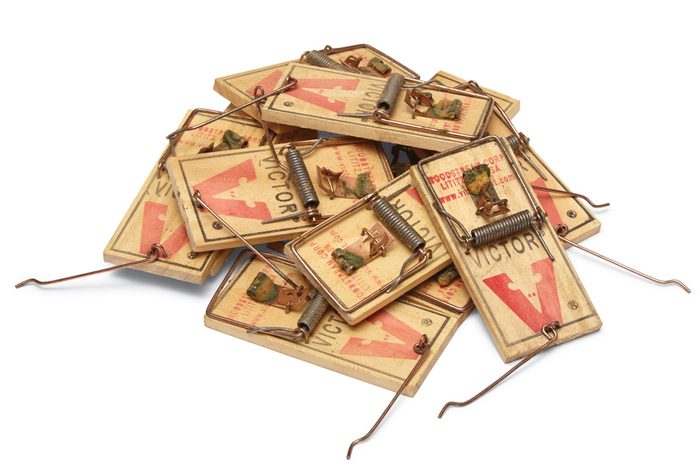
How to Catch a Mouse: Buy and Set Lots of Mouse Traps

Peanut Butter is the Best Mouse Trap Bait
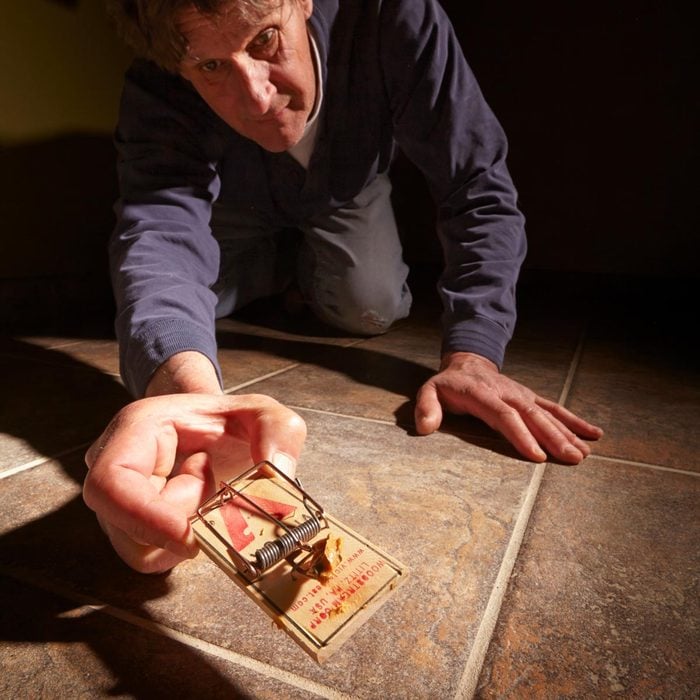
Video: 11 Tips for Getting Rid of Mice

Pet Food is a Problem and an Opportunity

How to Catch a Mouse in the House: Look for the Pathways
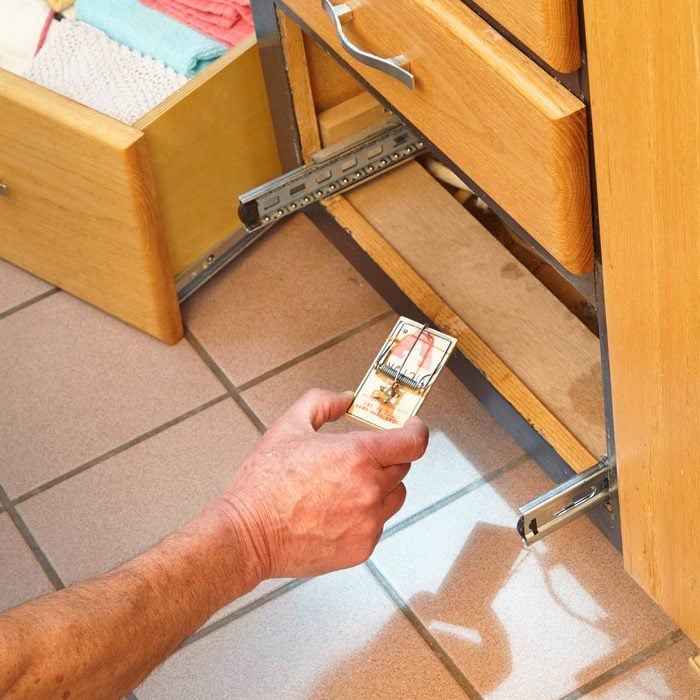
How to Catch a Mouse Under Cabinets
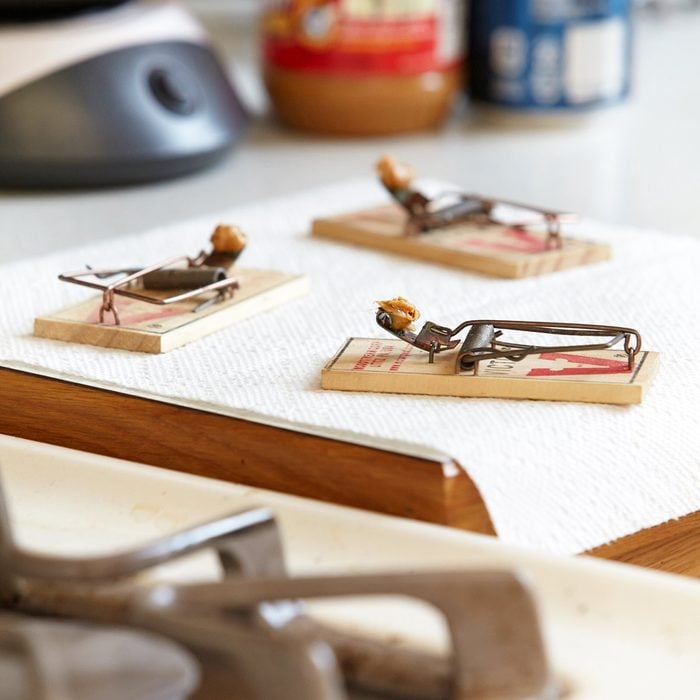
How to Catch a Mouse in the House: Look for Feeding Areas
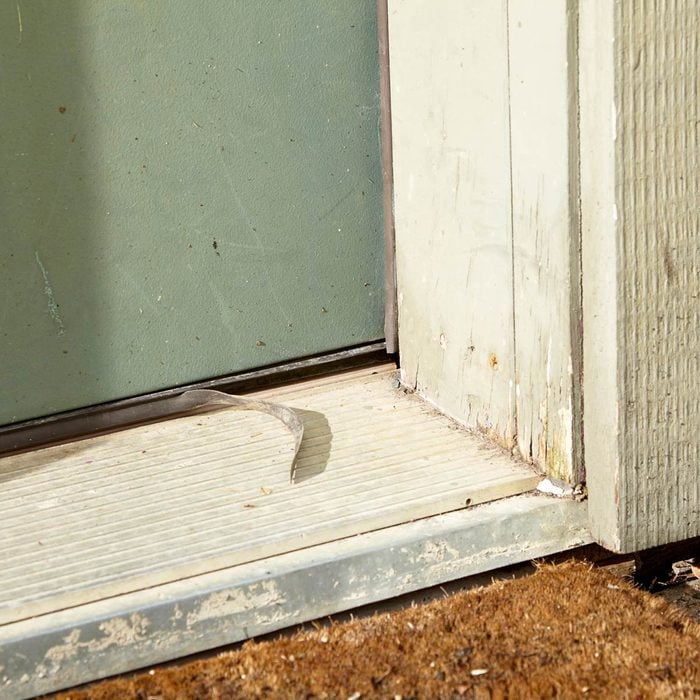
Keep 'em Out!
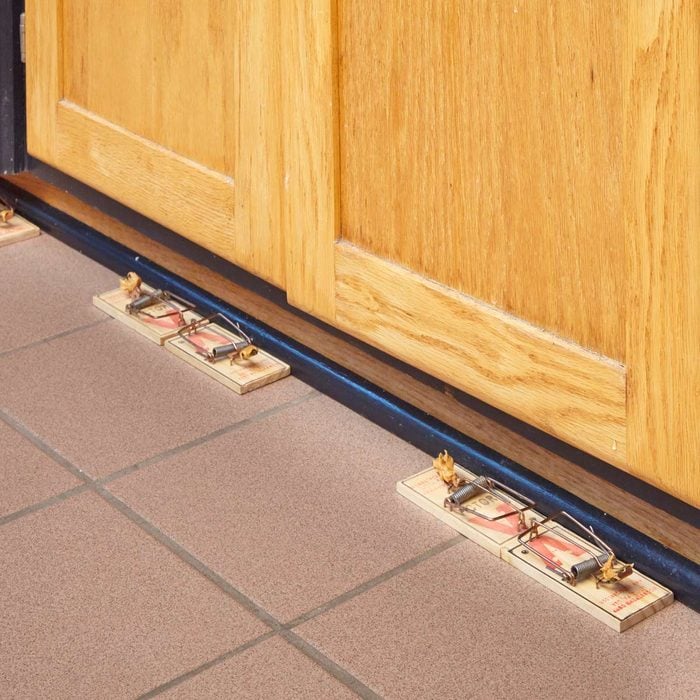
How to Catch a Mouse in Your House: Place Traps Next to Vertical Surfaces
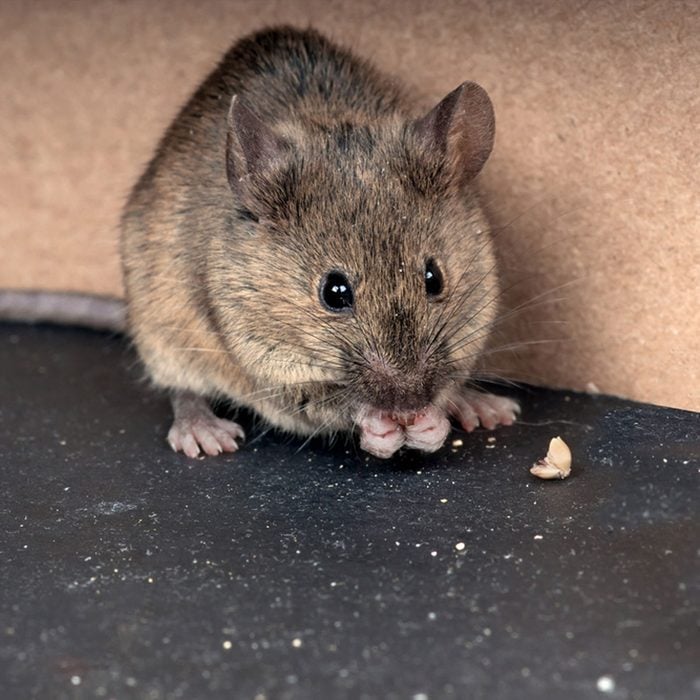
Our Mouse-Trapping Philosophy
- Live traps. Mice, by nature, build nests and store food. So you trap them this fall and let them go outside where they start their life anew, right? Well, that's not how it works. They have no food stored away and no nest to live in, and they'll most likely die of starvation and/or exposure.
- Poison. Most poisons are ingested and cause severe dehydration or blood coagulation. It's not a painless death.
- Live with the disease-carrying creatures. As they run around your floors, countertops, plates with leftovers and your pet's food dishes, they're leaving a trail of waste behind them. So, no.
- Sticky mouse traps. Then what? They're not dead and you have to either kill them with your shoe or throw them into the trash can where they'll die a slow, miserable death from thirst.
